Preserved kumquats in rock sugar, a delightful treat cherished in many cuisines, offer a harmonious blend of sweetness and tanginess. These candied fruits, steeped in a syrupy mixture of rock sugar and water, are not only a culinary delight but also a traditional remedy for sore throats and digestive issues. However, one question often arises among home cooks and food enthusiasts: How long can these preserved kumquats last, and what factors influence their shelf life? This article delves into the science behind preservation, storage best practices, and indicators of spoilage to ensure you enjoy this sweet delicacy at its best.
Understanding the Preservation Process
Preserved kumquats in rock sugar rely on a time-tested method of osmotic dehydration and sugar saturation. The process begins by simmering kumquats—small, citrus fruits native to East Asia—in a syrup made from rock sugar (a type of unrefined cane sugar) and water. As the mixture cooks, the sugar penetrates the fruit’s skin, creating a hypertonic environment that inhibits microbial growth. This method, combined with the fruit’s natural acidity, acts as a natural preservative, extending the shelf life of the kumquats.
The key to longevity lies in the sugar-to-fruit ratio. A higher concentration of sugar creates a more inhospitable environment for bacteria, molds, and yeasts, which thrive in moisture-rich settings. However, even with optimal preparation, external factors such as storage conditions, packaging, and hygiene practices play pivotal roles in determining how long the preserved kumquats remain edible.
Factors Influencing Shelf Life
-
Sugar Concentration: The initial syrup’s strength is critical. A saturated solution (approximately 65% sugar or higher) ensures maximum preservation. If the syrup is too weak, microorganisms may survive, shortening the shelf life.
-
Sterilization During Preparation: Properly sterilizing jars and utensils before use prevents contamination. Any residual bacteria or spores can multiply rapidly, leading to spoilage.
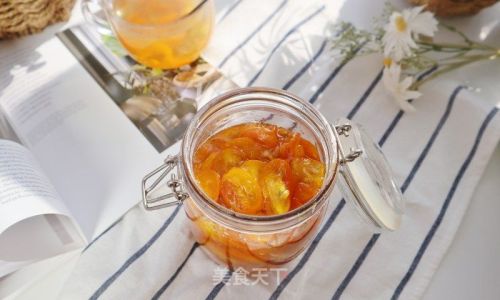
-
Packaging: Airtight containers, such as glass jars with sealed lids, are essential. Exposure to air accelerates oxidation and introduces contaminants.
-
Storage Temperature: Cool, dark environments slow down chemical reactions and microbial activity. Refrigeration further extends shelf life but is not always mandatory if other conditions are met.
-
Fruit Quality: Using fresh, unblemished kumquats reduces the risk of introducing existing microbes into the syrup.
Ideal Storage Conditions
To maximize shelf life, follow these guidelines:
-
Refrigeration: Storing preserved kumquats in the refrigerator at temperatures below 40°F (4°C) can extend their lifespan by several months. The cold slows enzymatic activity and microbial growth.
-
Pantry Storage: If stored in a cool, dry place away from direct sunlight, preserved kumquats can last 6–12 months. However, this assumes perfect preparation and packaging.
-
Freezing: For long-term storage, freeze the syrup and kumquats in freezer-safe containers. Thawed portions may lose some texture but remain safe to consume for up to a year.

Signs of Spoilage
Even under ideal conditions, preserved kumquats can eventually spoil. Watch for these indicators:
-
Mold Growth: Fuzzy patches in green, white, or black hues on the surface or within the syrup signal contamination.
-
Off-Odors: A fermented, alcoholic, or sour smell indicates bacterial or yeast activity.
-
Syrup Clarity: Cloudy or bubbling syrup suggests microbial fermentation.
-
Texture Changes: Mushy or disintegrating kumquats imply enzymatic breakdown or decay.
-
Gas Production: Pressure buildup in sealed jars (visible bulging lids) may result from gas-producing bacteria.
Important: If any of these signs appear, discard the entire batch immediately to avoid foodborne illness.
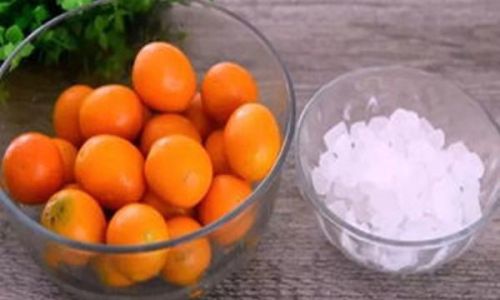
Prolonging Shelf Life: Tips and Tricks
-
Use Clean Utensils: Always scoop kumquats with dry, sterilized spoons to prevent introducing moisture or bacteria.
-
Top Up Syrup: If the syrup level drops, add boiled and cooled sugar syrup to submerge the fruit fully.
-
Avoid Cross-Contamination: Never double-dip utensils or mix fresh and preserved batches.
-
Label Containers: Note the preparation date to track freshness accurately.
The Role of Rock Sugar in Preservation
Rock sugar, or rock candy sugar, is favored in Asian preservation methods for its large crystals, which dissolve slowly and evenly. This gradual dissolution ensures a consistent syrup texture without overcooking the fruit. Additionally, rock sugar’s minimal refinement preserves trace minerals like calcium and iron, adding a subtle nutritional edge to the treat.
Culinary Uses Beyond Direct Consumption
Preserved kumquats in rock sugar are versatile ingredients in both sweet and savory dishes:
- Teas and Beverages: Steep slices in hot water for a soothing, vitamin C-rich drink.
- Desserts: Garnish cakes, tarts, or ice cream with glazed kumquats.
- Sauces and Marinades: Blend the syrup into glazes for meats or add to stir-fries for a sweet-tangy kick.
- Gifts: Package in decorative jars as homemade edible presents.
Health Benefits and Nutritional Profile
Beyond their culinary appeal, preserved kumquats offer several health perks:
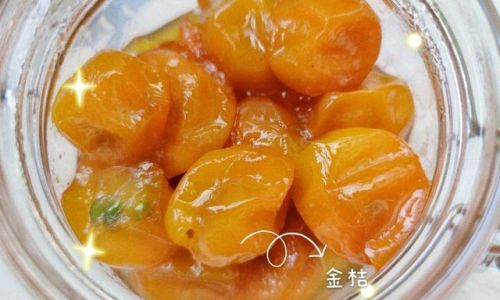
- Vitamin C Boost: Kumquats are rich in immune-supporting vitamin C, which remains intact during preservation.
- Antioxidants: Flavonoids in the peel combat oxidative stress.
- Digestive Aid: The syrup’s sugar content and kumquat fiber may soothe mild stomach discomfort.
However, moderation is key due to the high sugar content.
Common Myths Debunked
-
“Refrigeration is unnecessary if the syrup is thick enough.”
While a thick syrup helps, refrigeration remains the safest bet for prolonged storage, especially in humid climates. -
“Spoiled preserved kumquats are safe if cooked again.”
Reheating cannot eliminate all toxins produced by certain bacteria. Discard any questionable batches. -
“Using honey instead of rock sugar extends shelf life.”
Honey’s lower sugar concentration and moisture content make it less effective for long-term preservation.
Conclusion
Preserved kumquats in rock sugar are a testament to the art of traditional food preservation. When crafted with care and stored properly, they can last 6–12 months at room temperature and up to 18 months refrigerated. By adhering to strict hygiene, using quality ingredients, and monitoring for spoilage signs, you can savor this sweet-tart delight while minimizing waste. Whether enjoyed as a standalone treat, a soothing tea additive, or a gourmet ingredient, these candied fruits offer a taste of culinary heritage that stands the test of time.
In an era where convenience often trumps tradition, understanding the nuances of food preservation connects us to age-old wisdom. So the next time you savor a preserved kumquat, remember—its longevity is a blend of science, patience, and respect for nature’s bounty.
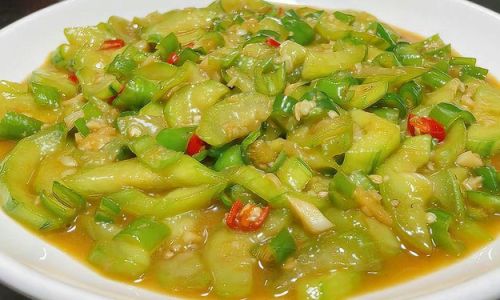
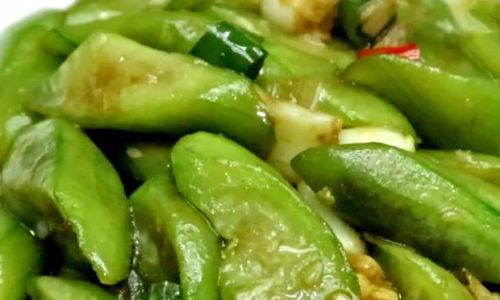
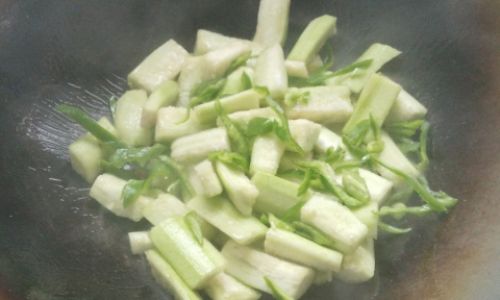
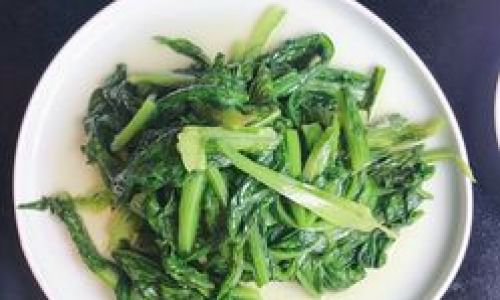
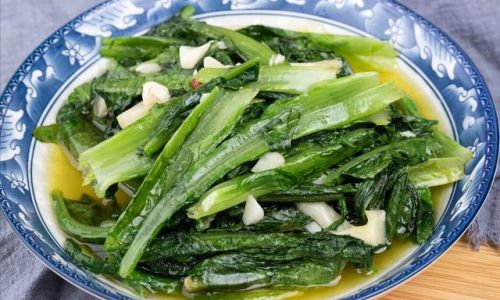
0 comments